It’s not a branded salon, yet nothing short of it. A high-end committed clientele speaks volumes of its high-quality services in a slick, well-defined environment, distanced from the hustle and bustle.
Been around for the past nearly eight years, Farman’s Hats Off in the inner market of Sector 7-C Chandigarh is quite a popular unisex hair and beauty salon not only among the well-heeled in the northern sectors of the city, but also among popular personalities from different parts of the region.
On popular demand from various city circles, your own news portal LifeInChandigarh.com visited Farman’s, located near the Athletics Stadium, which we often visited in our childhood and better part of youth to witness various levels of sports competitions, to check out what’s so special about the place and get a lowdown on what’s latest and trending.
The man himself, Farman, a bearded middle-aged guy, came across as well-mannered and friendly, and at the same time knowledgeable and professionally hard-boiled.
After the initial pleasantries and general chitchat, Farman opened up about how he started the venture and how over a very short span of time it developed a clientele among males and females alike for whom the place became a regular fixture for all their periodic needs and special occasions.
He attributes the commitment of his clients to highly professional and personalised services in an assured hygienic and cozy environment with nothing but the best of high quality and latest products and equipment being used.
Farman does not hide, in fact emphasises that their charges for various services are comparable with those charged in the branded salons, because “our customers feel more satisfied taking services from us than anywhere else they have experienced. Apart from being highly professional, we are also very transparent in our dealings with them,” he states.
So, among the various services the salon provides, for a routine haircut (female) the charges are Rs 900 and for a male Rs 600. The latest rage for hair straightening among females, the Botox treatment costs Rs 7500, Karatin treatment Rs 5,000, Nanoplasty Rs 7500, Hair colour Rs 9,000 and Balayage highlights Rs 9000.
For skin, the salon has separate well equipped cabins for treatment of acne prone skin, dryness, pigmentation, wrinkles, Hydra facial for all skin types, anti-ageing Skin Aura, Histomer Vitamin C, Casmar facial for pigmentation, Lotus, Oxy and Aroma Magic facials.
Apart from this the salon also offers body treatments, body polishing, body spa and body massages.
Latest hair treatments for females
Hair Botox
 It is claimed to have emerged as a true game changer in 2024 being a deep conditioning treatment that coats the hair fibre with a filler like keratin. Farman says though it is a lengthy treatment, taking up to 4-5 hours depending on hair length, the wait is well worth it since it leaves you with softer, shinier hair that is less prone to split ends and breakage.
It is claimed to have emerged as a true game changer in 2024 being a deep conditioning treatment that coats the hair fibre with a filler like keratin. Farman says though it is a lengthy treatment, taking up to 4-5 hours depending on hair length, the wait is well worth it since it leaves you with softer, shinier hair that is less prone to split ends and breakage.
Hair Botox is claimed to work equally well on all hair types, from fine and straight to thick and curly. It also makes it easier to get the kind of haircuts that are more likely to suit one’s face shape, even if your natural hair does not allow that.
Most suitable for those with dry, brittle, and colour-damaged hair, the treatment typically lasts at least 3 months, or up to 70 washes, after which maintenance is necessary, just like any other treatment, every 5-6 months depending on how often you wash your hair.
Keratin treatment
 This is also a hair smoothing procedure involving the application of a keratin-based product. The product penetrates the hair shaft and bonds with the fibers to form a protective layer that smooths and straightens the hair. The treatment typically lasts 30-35 washes, after which the keratin will naturally break down, and the hair will return to its natural state.
This is also a hair smoothing procedure involving the application of a keratin-based product. The product penetrates the hair shaft and bonds with the fibers to form a protective layer that smooths and straightens the hair. The treatment typically lasts 30-35 washes, after which the keratin will naturally break down, and the hair will return to its natural state.
Farman claims Keratin treatments improve hair’s overall health and appearance, making it smoother, shinier, and more manageable. In addition, they can tame frizz, reduce curls and waves, and make hair easier to style.
Nanoplasty hair straightening treatment
 This is another hair treatment making waves. Claimed to be an innovative and improved straightening technology, it leads to immediate straightening and restoration of hair using natural ingredients, giving long-lasting straight hair. Unlike traditional chemical straightening methods that often involve harsh chemicals, Nanoplasty uses a blend of organic acids, oils, and proteins.
This is another hair treatment making waves. Claimed to be an innovative and improved straightening technology, it leads to immediate straightening and restoration of hair using natural ingredients, giving long-lasting straight hair. Unlike traditional chemical straightening methods that often involve harsh chemicals, Nanoplasty uses a blend of organic acids, oils, and proteins.
Nashi Argan treatment
 This is a daily use hair beauty treatment from Italy claimed to be suitable for all hair types. It cleanses your hair gently, keeping the amount of water naturally contained in the hair unchanged, helping you to prevent the causes of annoying frizz at the root, ensuring balanced hydration. Furthermore, its formula enriched with organic Argan Oil and Linseed Oil provides new softness and shine with each wash.
This is a daily use hair beauty treatment from Italy claimed to be suitable for all hair types. It cleanses your hair gently, keeping the amount of water naturally contained in the hair unchanged, helping you to prevent the causes of annoying frizz at the root, ensuring balanced hydration. Furthermore, its formula enriched with organic Argan Oil and Linseed Oil provides new softness and shine with each wash.
Trendy haircuts, styling, colouring for females
Butterfly haircut for long hair
 It’s a combination of short and long layers that give your hair dimension, movement and body. The short and wispy layers hit around the chin to highlight your features, frame your face and even contour a round face shape. Whereas long layers of your hair fall below the shoulders to maintain the look and appearance of a long hairstyle. The haircut removes weight and damaged hair ends, leaving your hair voluminous and bouncy that’s able to hold its shape.
It’s a combination of short and long layers that give your hair dimension, movement and body. The short and wispy layers hit around the chin to highlight your features, frame your face and even contour a round face shape. Whereas long layers of your hair fall below the shoulders to maintain the look and appearance of a long hairstyle. The haircut removes weight and damaged hair ends, leaving your hair voluminous and bouncy that’s able to hold its shape.
Wedge haircut for short hair
 With short hairstyles, it can be hard to get some added volume if you have fine strands. A deep side part and long layered bangs (strands of hair that are cut shorter than the rest of the hair and fall over the forehead, usually just above the eyebrows) will lift your style and give a natural-looking body to the hair.
With short hairstyles, it can be hard to get some added volume if you have fine strands. A deep side part and long layered bangs (strands of hair that are cut shorter than the rest of the hair and fall over the forehead, usually just above the eyebrows) will lift your style and give a natural-looking body to the hair.
Slicked back styles for extra short hair
 For all those females who like to wear their hair extra short, slicked back style with its several variations are a good option.
For all those females who like to wear their hair extra short, slicked back style with its several variations are a good option.
Simple Long Layers with A Middle Part
 Those with long hair, and craving a change or major refresh, can go for layering, which is also in vogue. Layered cut has a major volume-boosting effect on thick hair as well as curly hair, but fine and thin hair also benefit from strategically placed layers.
Those with long hair, and craving a change or major refresh, can go for layering, which is also in vogue. Layered cut has a major volume-boosting effect on thick hair as well as curly hair, but fine and thin hair also benefit from strategically placed layers.
Balayage highlights technique
 If the traditional hair colouring methods leave you with unnatural-looking highlights, it’s time to consider transitioning to a more refined and modern approach of balayage hair colouring. Balayage, a French term meaning “to sweep,” is a technique involving skilled application of a hair lightener by hand, creating a seamless and gently transitioning gradient of brightness towards the hair’s ends.
If the traditional hair colouring methods leave you with unnatural-looking highlights, it’s time to consider transitioning to a more refined and modern approach of balayage hair colouring. Balayage, a French term meaning “to sweep,” is a technique involving skilled application of a hair lightener by hand, creating a seamless and gently transitioning gradient of brightness towards the hair’s ends.
Farman says through they have colouring and other products from all international brands like Loreal, Wella, Schwarzkopf Professional, etc, in colouring they are currently preferring to use Wella products, because they are coming out with best shades. Light blonde ash gold colour is among the most trending colours, he added.
Trendy haircuts for males
Zero fade cut
 In the ever-evolving world of men’s hairstyles, the zero fade has emerged as a popular and stylish choice. A zero fade, also known as a skin fade or bald fade, is a type of haircut where the hair gradually transitions from longer lengths to shorter or shaved lengths as it moves down the sides and back of the head. The term “zero” refers to the fact that the hair is faded down to the skin, creating a seamless blend between the longer hair on top and the bare skin on the sides and back.
In the ever-evolving world of men’s hairstyles, the zero fade has emerged as a popular and stylish choice. A zero fade, also known as a skin fade or bald fade, is a type of haircut where the hair gradually transitions from longer lengths to shorter or shaved lengths as it moves down the sides and back of the head. The term “zero” refers to the fact that the hair is faded down to the skin, creating a seamless blend between the longer hair on top and the bare skin on the sides and back.
Buzz cut
 A buzz cut is characterized by very short hair that is cut uniformly all over the head. It is typically done with clippers, and the hair is usually between 1/8 inch to 1/4 inch in length, although variations are possible.
A buzz cut is characterized by very short hair that is cut uniformly all over the head. It is typically done with clippers, and the hair is usually between 1/8 inch to 1/4 inch in length, although variations are possible.
The buzz cut creates a uniform, even look with no noticeable taper or fade. It results in a textured, slightly stubbly appearance.
Would you like to try out Farman’s Hats Off!
The salon at a glance







From Farman’s album






















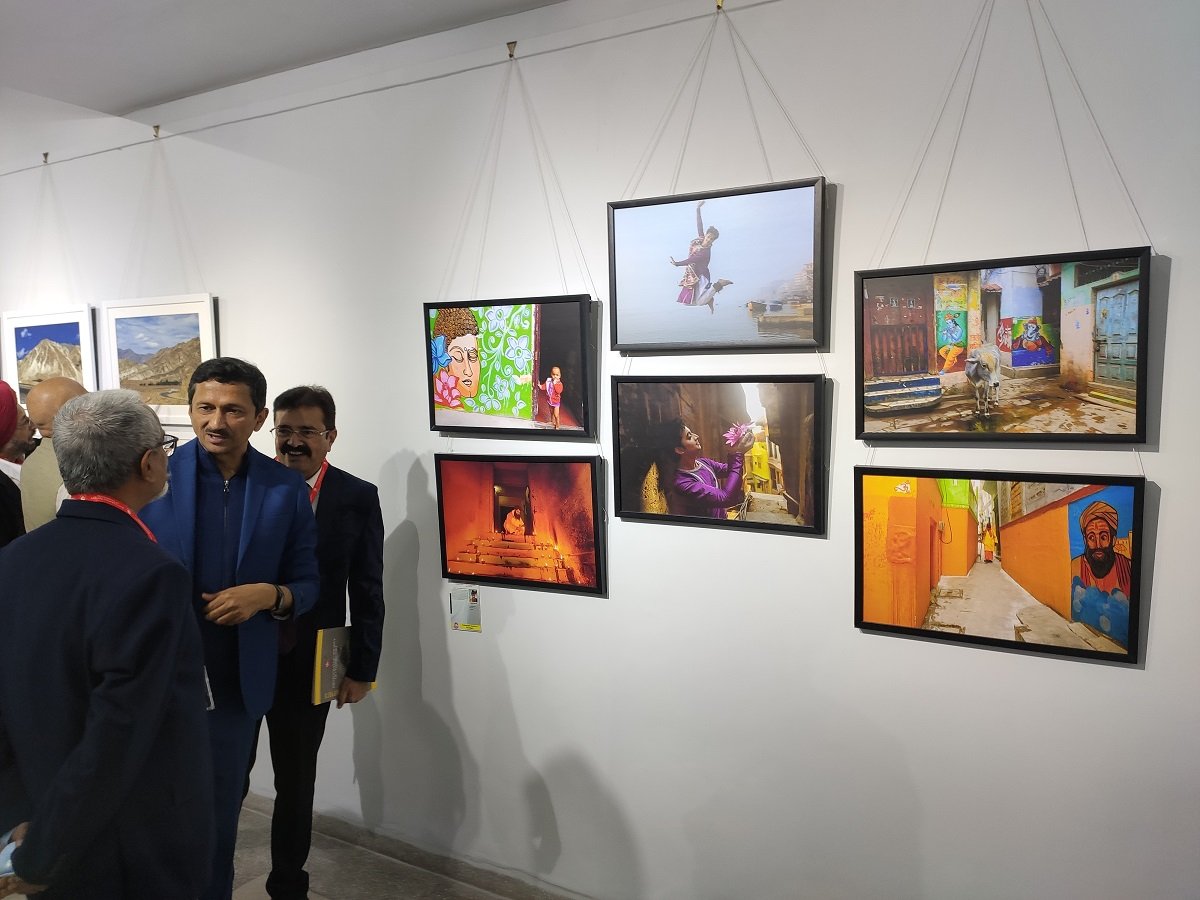


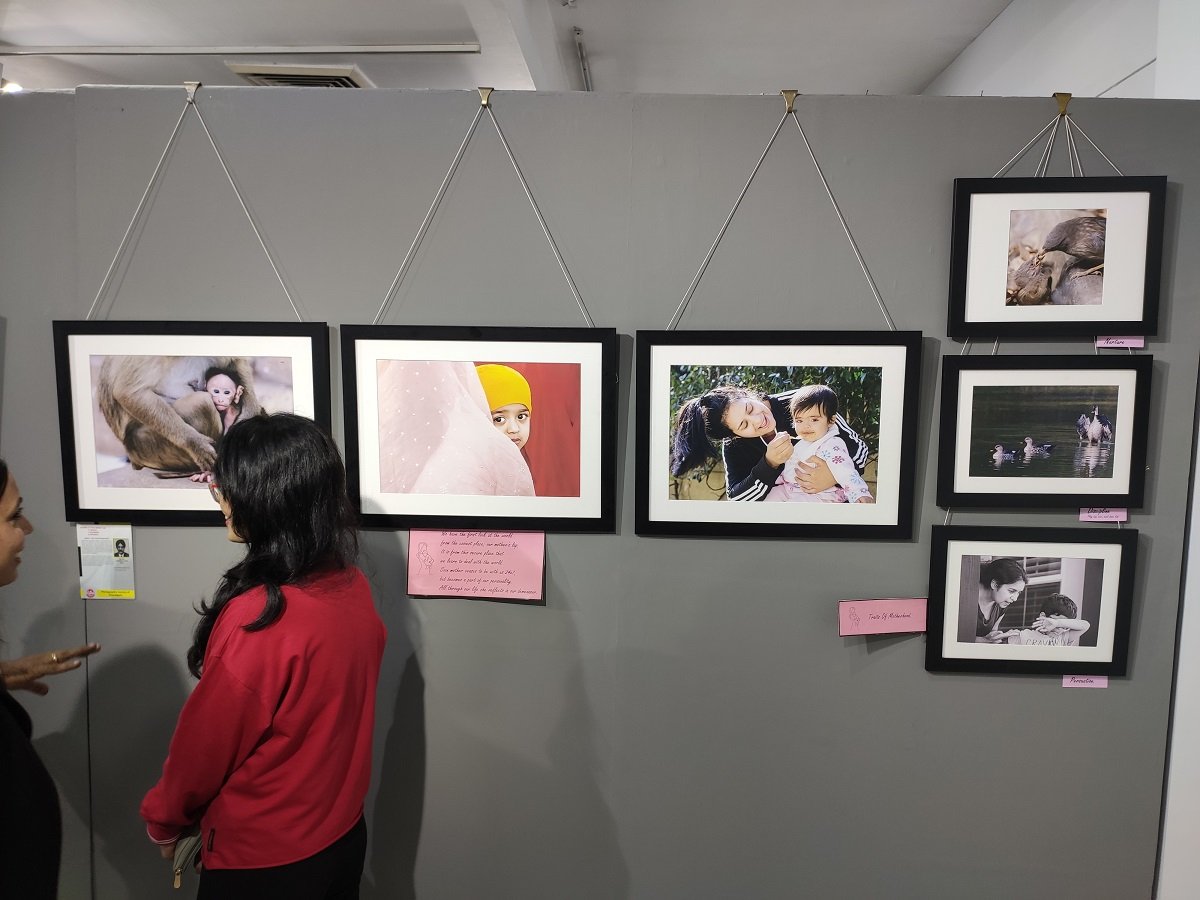







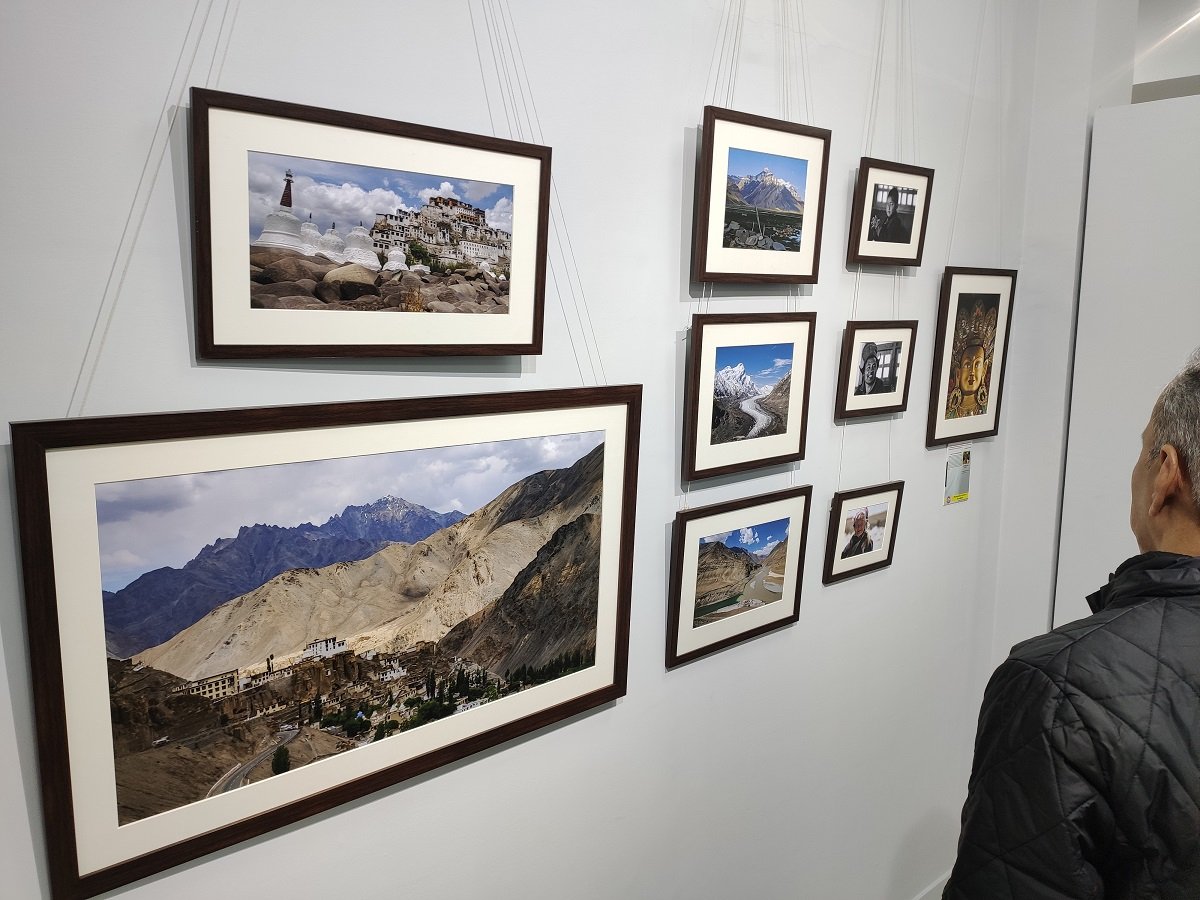






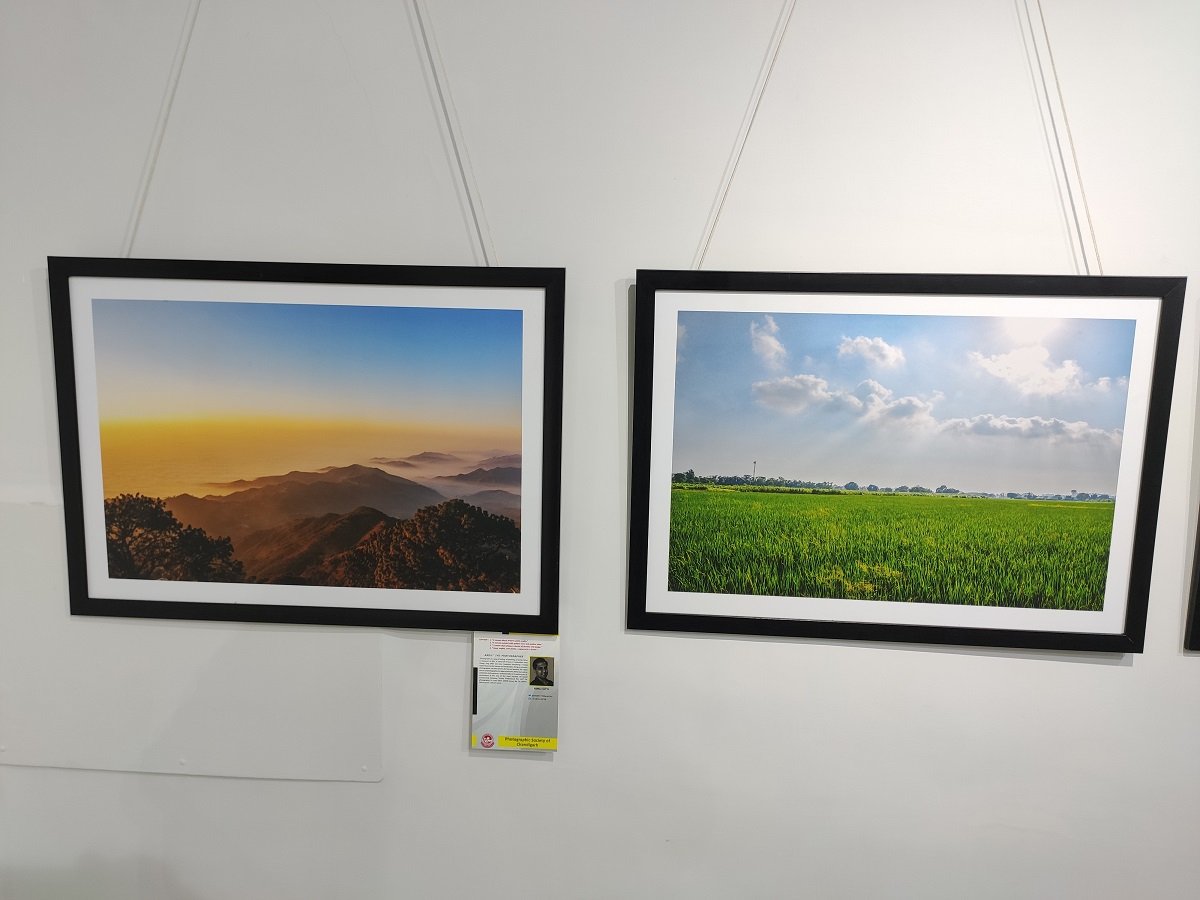

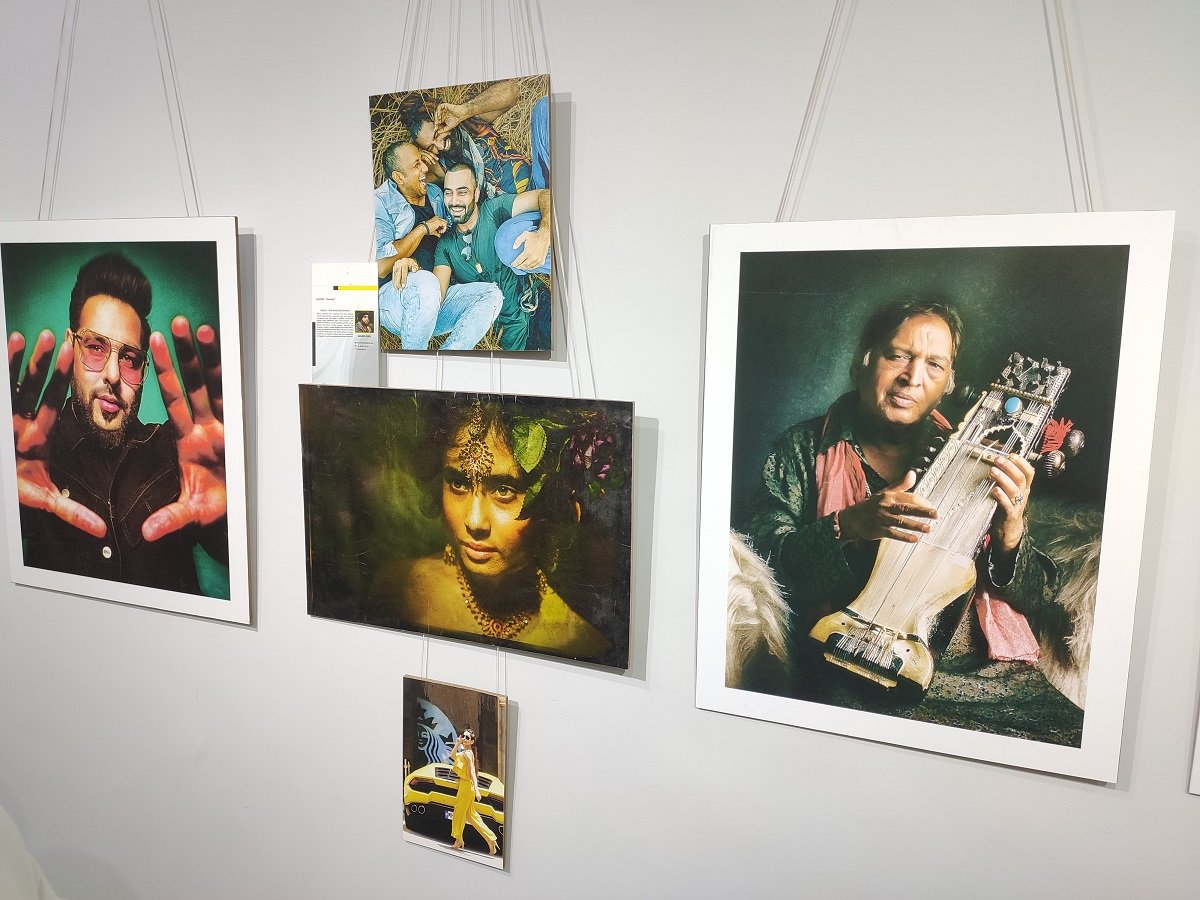








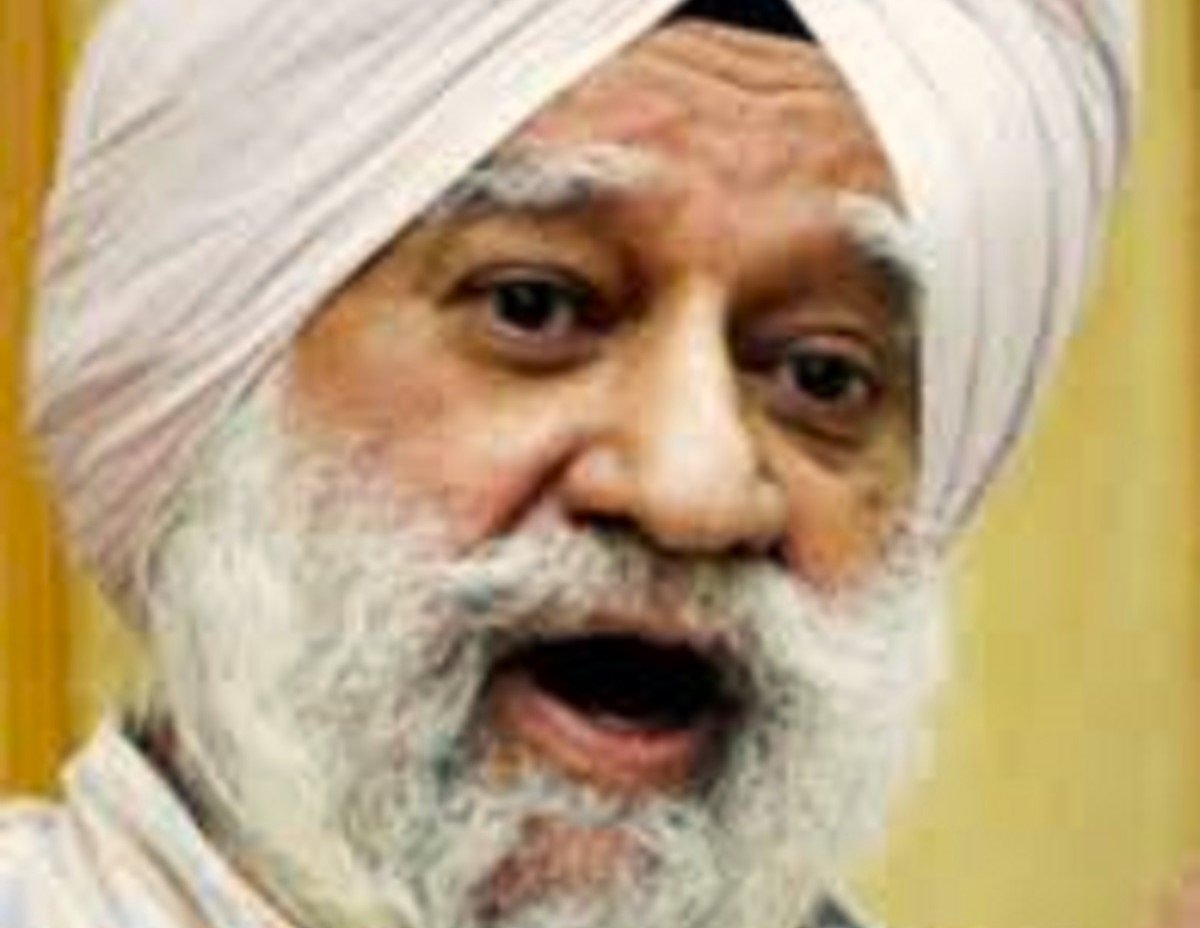





 It is claimed to have emerged as a true game changer in 2024 being a deep conditioning treatment that coats the hair fibre with a filler like keratin. Farman says though it is a lengthy treatment, taking up to 4-5 hours depending on hair length, the wait is well worth it since it leaves you with softer, shinier hair that is less prone to split ends and breakage.
It is claimed to have emerged as a true game changer in 2024 being a deep conditioning treatment that coats the hair fibre with a filler like keratin. Farman says though it is a lengthy treatment, taking up to 4-5 hours depending on hair length, the wait is well worth it since it leaves you with softer, shinier hair that is less prone to split ends and breakage. This is also a hair smoothing procedure involving the application of a keratin-based product. The product penetrates the hair shaft and bonds with the fibers to form a protective layer that smooths and straightens the hair. The treatment typically lasts 30-35 washes, after which the keratin will naturally break down, and the hair will return to its natural state.
This is also a hair smoothing procedure involving the application of a keratin-based product. The product penetrates the hair shaft and bonds with the fibers to form a protective layer that smooths and straightens the hair. The treatment typically lasts 30-35 washes, after which the keratin will naturally break down, and the hair will return to its natural state. This is another hair treatment making waves. Claimed to be an innovative and improved straightening technology, it leads to immediate straightening and restoration of hair using natural ingredients, giving long-lasting straight hair. Unlike traditional chemical straightening methods that often involve harsh chemicals, Nanoplasty uses a blend of organic acids, oils, and proteins.
This is another hair treatment making waves. Claimed to be an innovative and improved straightening technology, it leads to immediate straightening and restoration of hair using natural ingredients, giving long-lasting straight hair. Unlike traditional chemical straightening methods that often involve harsh chemicals, Nanoplasty uses a blend of organic acids, oils, and proteins. This is a daily use hair beauty treatment from Italy claimed to be suitable for all hair types. It cleanses your hair gently, keeping the amount of water naturally contained in the hair unchanged, helping you to prevent the causes of annoying frizz at the root, ensuring balanced hydration. Furthermore, its formula enriched with organic Argan Oil and Linseed Oil provides new softness and shine with each wash.
This is a daily use hair beauty treatment from Italy claimed to be suitable for all hair types. It cleanses your hair gently, keeping the amount of water naturally contained in the hair unchanged, helping you to prevent the causes of annoying frizz at the root, ensuring balanced hydration. Furthermore, its formula enriched with organic Argan Oil and Linseed Oil provides new softness and shine with each wash. It’s a combination of short and long layers that give your hair dimension, movement and body. The short and wispy layers hit around the chin to highlight your features, frame your face and even contour a round face shape. Whereas long layers of your hair fall below the shoulders to maintain the look and appearance of a long hairstyle. The haircut removes weight and damaged hair ends, leaving your hair voluminous and bouncy that’s able to hold its shape.
It’s a combination of short and long layers that give your hair dimension, movement and body. The short and wispy layers hit around the chin to highlight your features, frame your face and even contour a round face shape. Whereas long layers of your hair fall below the shoulders to maintain the look and appearance of a long hairstyle. The haircut removes weight and damaged hair ends, leaving your hair voluminous and bouncy that’s able to hold its shape. With short hairstyles, it can be hard to get some added volume if you have fine strands. A deep side part and long layered bangs (strands of hair that are cut shorter than the rest of the hair and fall over the forehead, usually just above the eyebrows) will lift your style and give a natural-looking body to the hair.
With short hairstyles, it can be hard to get some added volume if you have fine strands. A deep side part and long layered bangs (strands of hair that are cut shorter than the rest of the hair and fall over the forehead, usually just above the eyebrows) will lift your style and give a natural-looking body to the hair. For all those females who like to wear their hair extra short, slicked back style with its several variations are a good option.
For all those females who like to wear their hair extra short, slicked back style with its several variations are a good option. Those with long hair, and craving a change or major refresh, can go for layering, which is also in vogue. Layered cut has a major volume-boosting effect on thick hair as well as curly hair, but fine and thin hair also benefit from strategically placed layers.
Those with long hair, and craving a change or major refresh, can go for layering, which is also in vogue. Layered cut has a major volume-boosting effect on thick hair as well as curly hair, but fine and thin hair also benefit from strategically placed layers. If the traditional hair colouring methods leave you with unnatural-looking highlights, it’s time to consider transitioning to a more refined and modern approach of balayage hair colouring. Balayage, a French term meaning “to sweep,” is a technique involving skilled application of a hair lightener by hand, creating a seamless and gently transitioning gradient of brightness towards the hair’s ends.
If the traditional hair colouring methods leave you with unnatural-looking highlights, it’s time to consider transitioning to a more refined and modern approach of balayage hair colouring. Balayage, a French term meaning “to sweep,” is a technique involving skilled application of a hair lightener by hand, creating a seamless and gently transitioning gradient of brightness towards the hair’s ends. In the ever-evolving world of men’s hairstyles, the zero fade has emerged as a popular and stylish choice. A zero fade, also known as a skin fade or bald fade, is a type of haircut where the hair gradually transitions from longer lengths to shorter or shaved lengths as it moves down the sides and back of the head. The term “zero” refers to the fact that the hair is faded down to the skin, creating a seamless blend between the longer hair on top and the bare skin on the sides and back.
In the ever-evolving world of men’s hairstyles, the zero fade has emerged as a popular and stylish choice. A zero fade, also known as a skin fade or bald fade, is a type of haircut where the hair gradually transitions from longer lengths to shorter or shaved lengths as it moves down the sides and back of the head. The term “zero” refers to the fact that the hair is faded down to the skin, creating a seamless blend between the longer hair on top and the bare skin on the sides and back. A buzz cut is characterized by very short hair that is cut uniformly all over the head. It is typically done with clippers, and the hair is usually between 1/8 inch to 1/4 inch in length, although variations are possible.
A buzz cut is characterized by very short hair that is cut uniformly all over the head. It is typically done with clippers, and the hair is usually between 1/8 inch to 1/4 inch in length, although variations are possible.




















